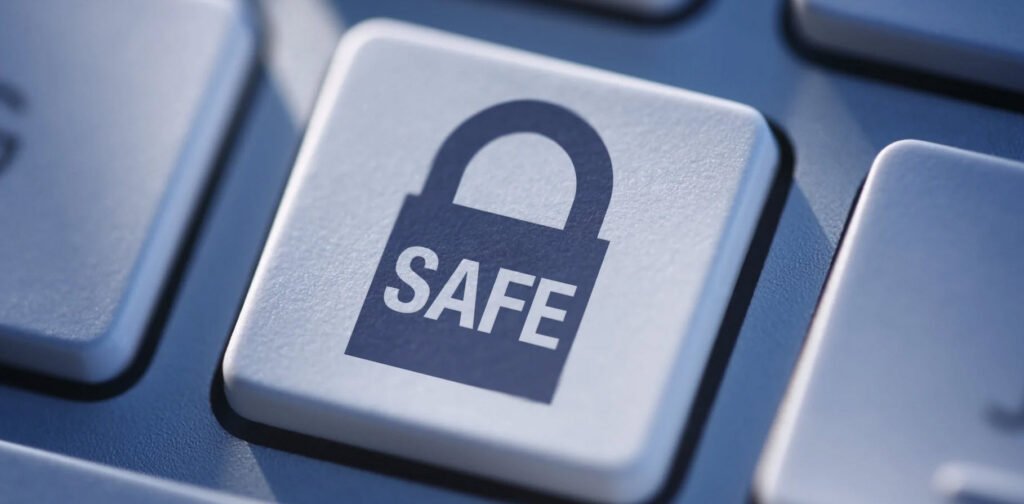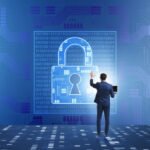In today’s digital age, it’s essential to keep your computer secure. Here are 12 ways to ensure that your computer remains safe and secure:
- Encrypt Your Hard Drive
- Backup Your Data
- Add a Webcam Cover
- Set a Strong Password
- Install Anti-Malware and Anti-Virus
- Keep Firewall Up to date
- Add a Privacy Screen
- Use a VPN
- Setup Location Finding
- Setup an MFA
- Fasten Your Laptop with Kensington Cable
- Keep Software up to date
1. Encrypt Your Hard Drive
Encrypting your hard drive ensures that your data remains safe and secure. It makes it harder for cybercriminals to access your files if they gain access to your device.
2. Backup Your Data
Always backup your data to an external device or cloud storage. In case of a system failure or cyber attack, you can still access your important files.
3. Add a Webcam Cover
A webcam cover ensures that your camera remains off when not in use, protecting your privacy from prying eyes.
4. Set a Strong Password
Use a strong password consisting of a combination of upper and lower case letters, numbers, and symbols.
5. Install Anti-Malware and Anti-Virus:
Install anti-malware and anti-virus software to protect your computer against malicious software.
6. Keep Firewall Up to date
Keep your firewall up to date to prevent unauthorized access to your computer.
7. Add a Privacy Screen
A privacy screen prevents others from viewing your screen from different angles, keeping your data safe from prying eyes.
8. Use a VPN
Use a Virtual Private Network (VPN) to protect your data when using public Wi-Fi networks.
9. Setup Location Finding
Setup a location finding service in case your computer gets stolen, enabling you to track it down.
10. Setup an MFA
Use Multi-Factor Authentication (MFA) for an additional layer of security, requiring an extra form of verification to log in.
11. Fasten Your Laptop with Kensington Cable
Use a Kensington cable to secure your laptop to your desk, preventing theft.
12. Keep Software up to date
Always keep your software up to date, as updates often contain essential security patches to protect against the latest threats.
In conclusion, implementing these measures will significantly reduce the risk of cyber attacks and keep your computer and data safe and secure.



